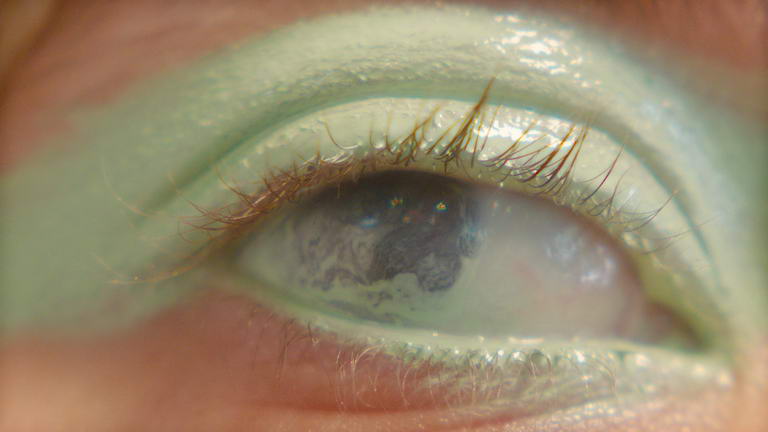
As a continuation from last year we're again concerned with our "sensibilities to discern within massive change". In place of "Chronocopia"—or the way we characterise time(s) to comprehend complexity—this year the function and conspicuity of the “image” will be on trial.
After the discovery of linear perspective, inevitably the eye began to dominate the nature and scope of our interactions. Science and culture tended to evolve under the influence of an ocularcentric rationale. Alberti even placed the eye ahead of all other traits “to be the first, chief, king, like a god of human parts”.

Building the Eye
In the second half of the 18th century a tangible théâtromanie in France perpetuated a nation-wide theatre reform creating a wave of architectural production of “ideal theatres” (T. E. Lawrenson) and hypothetical new playhouses. Around the same time the theatre became conceptually understood as a giant architectural eye (P. Camp). In Claude-Nicolas Ledoux’s “Coup d’oeil du théâtre de Besançon” (above) we see in the reflection of an actor’s eye on stage, a view of the auditorium of his Besançon Theatre, completed in 1784 and whose façade still remains.
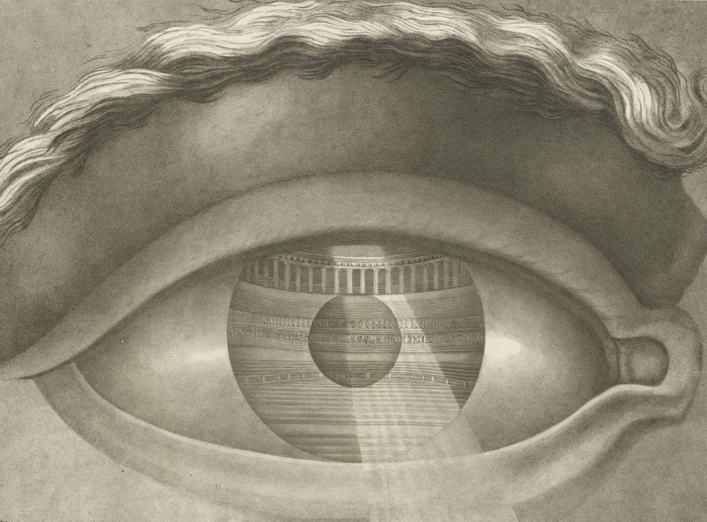
The image is so striking not because of its masquerading as an anatomical study, but because Ledoux bequeaths the architecture an eye; conflating what he calls the “first frame” of the human eye with that of the architectural eye of the theatre.
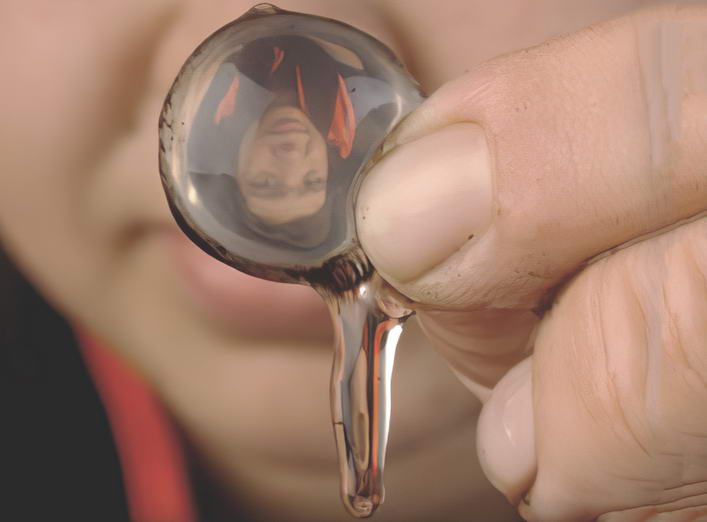
The Frameless Image
We’re now witnessing the emergence of a comprehensive spatial record of the world via imagery. The world is being shown to us again. Maps of stitched images allow a viewer to travel from one image to the next without ever encountering the frame and the map is no longer bound to a finite domain, nor is it exclusive to “the outside”. It is a “total image” (Hoelzl).
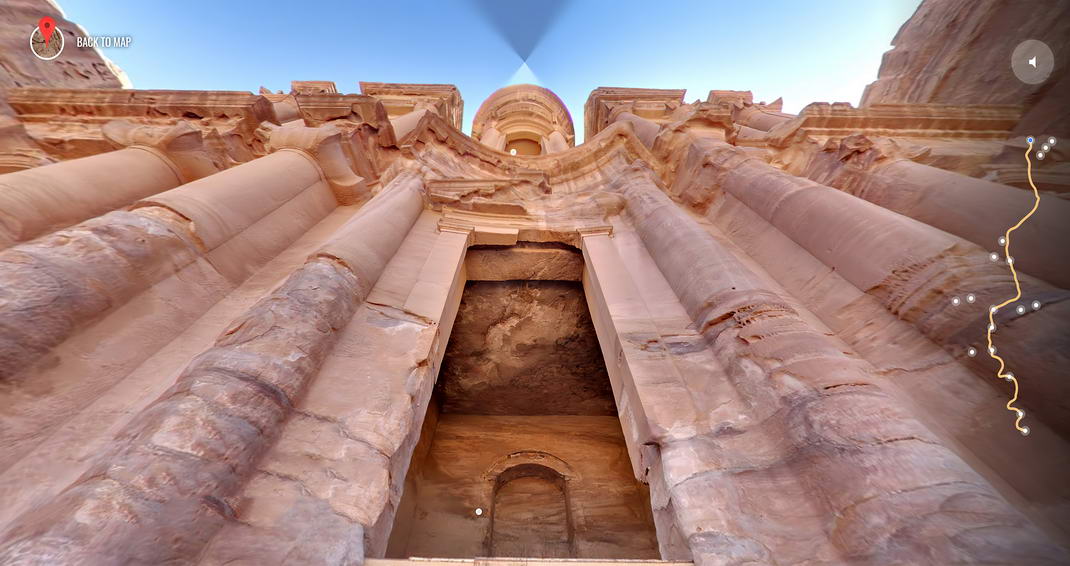
After the donation of floor plans to map services, the total image extends to a realm architecture has made: the interior. The floor plan is now the looping seamless map and today’s architect is one who organises space for remote traversing. An architecture of occupation without inhabitation.
Alongside the total world image we’re seeing the advent of the Chronic Image: a comprehensive temporal record of an individual’s life. The frequent pulse of image-making that is not yet continuous so as to be a moving image, but spans time enough to become a lifelong portrait project.
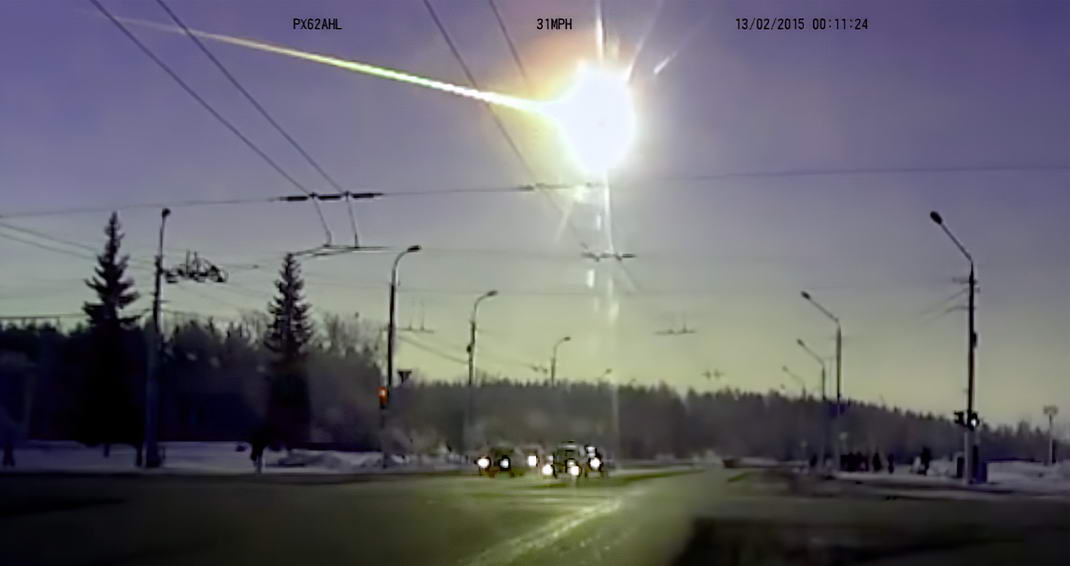
Repulsion Suspicion Moderation
In 16th century Europe, political bodies had jurisdiction over the visual integrity of images that would come to adorn cities and their institutions. It was thought that miracles and their visual resemblance depicted in paintings could be mistaken for trickery—false gods—thus visual dilemmas became philosophical problems and institutions became vulnerable to their very core.
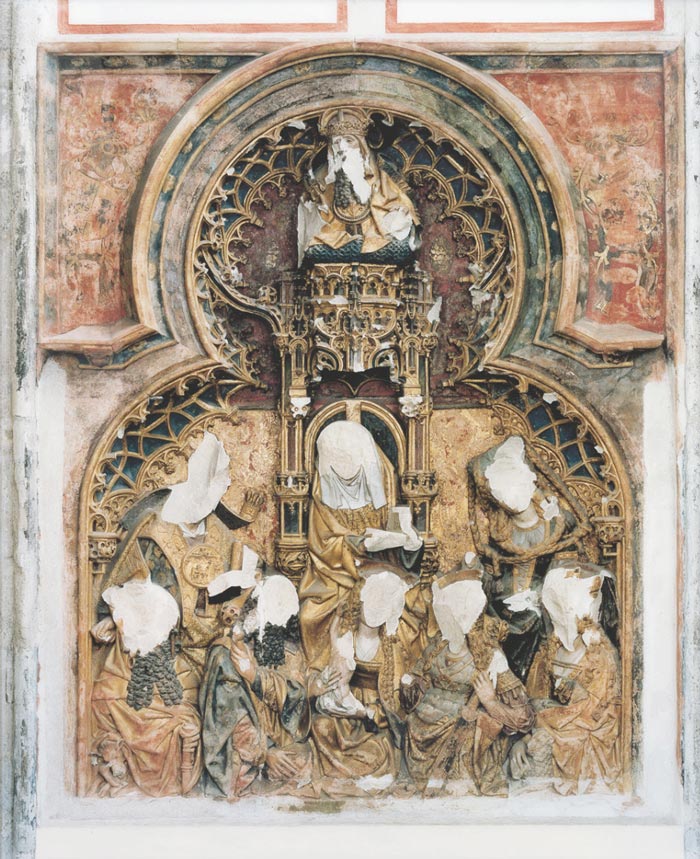
One thing that remains is the uneven tolerance for images. For whole civilisations iconoclasm, or the destruction of images, was considered the most terrible religious crime, for others the most terrible religious crime was idolatry. Today the visual dilemma has hit new heights: suspect images of the visceral type are managed by an industrialised moderation of what we see, and at the same time there is a looming sense that the truth of the future image is reserved not for human decipherability.
This year in Sight/Seeing we’ll be engaging with massive sets of images to tackle the problem of the prevailing architectural image as indistinguishable from visual ad-copy, and the indifferent technical infrastructures that make them. We’ll learn that each prolonged stare, each fixation on something is a moment when we are working—“to look is to labour” (Beller)—and ultimately is Self forming. Then as a mechanism of preservation it is necessary that we develop the personal capacity for repulsion: why can one person stomach something that another cannot? We will speculate on whether our peers and the community is indeed exhausted from overexposure: what it means when the same images are reproduced over and over again until their “intimacy is inevitably compromised” (Kotz).
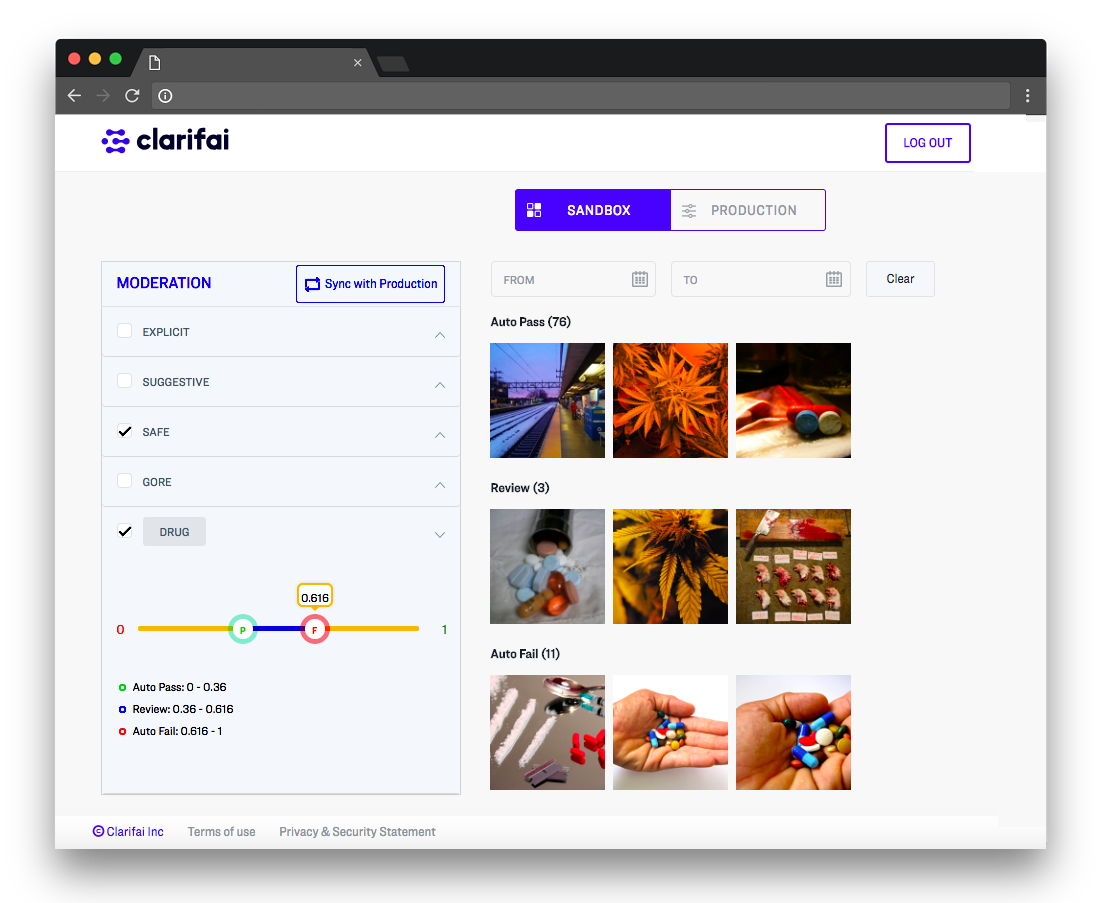
The Journey of Ideas
Today the inescapable contact with imagery induces a kind of blindness to visual content. Moreover, knowledge only departing from the eye is a limited one, hence images images carry only partial experiences. However images are inseparable from thinking, imagination and language and this year, we will concentrate on the Ideas that they carry since to have an idea (from the greek, idein, "to see") is to have an image in mind. An idea can be a vivid mental image even before it has been transferred to any medium. Indeed the first preoccupation of painting and sculpture was to transfer what we see in order to immortalise it (nature morte).
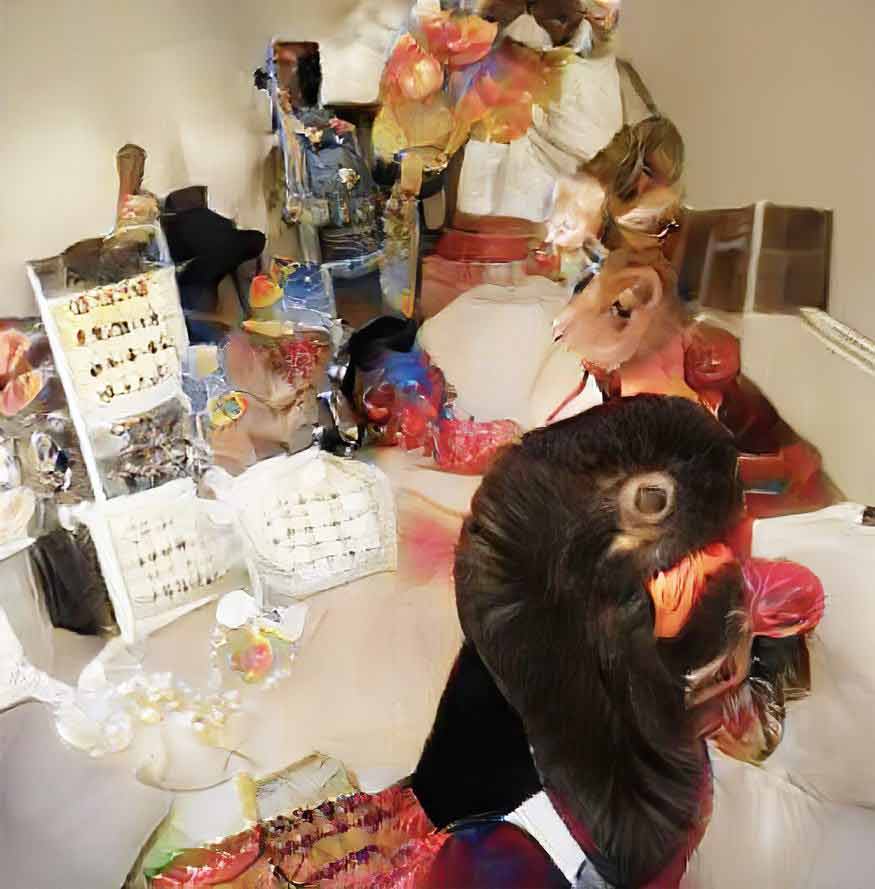
Specular Types
In light of the image as the primary host of today’s architectural expression, we will explore the ridge that divides the specular (the mirror) and the speculative, allowing us to delve into the realms of the incommensurable, the micro, the painterly and other non-normative practices to materialise images (eg. digital, physical and chemical).
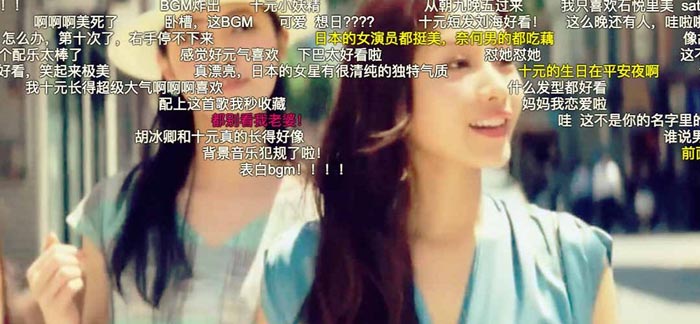
Beginning with one image alone, we will work by going beyond its “two dimensionality” to trace an image’s “poly-directionality” of histories, in order to find more (and nuanced) relations. That is to say we will begin the architectural project not only from what the image shows but what it can evoke.
To verbalise visual content, each participant will develop their own “eye idiom”: a lexicon and a system of measurement that qualifies what they observe and make, in personal terms.
